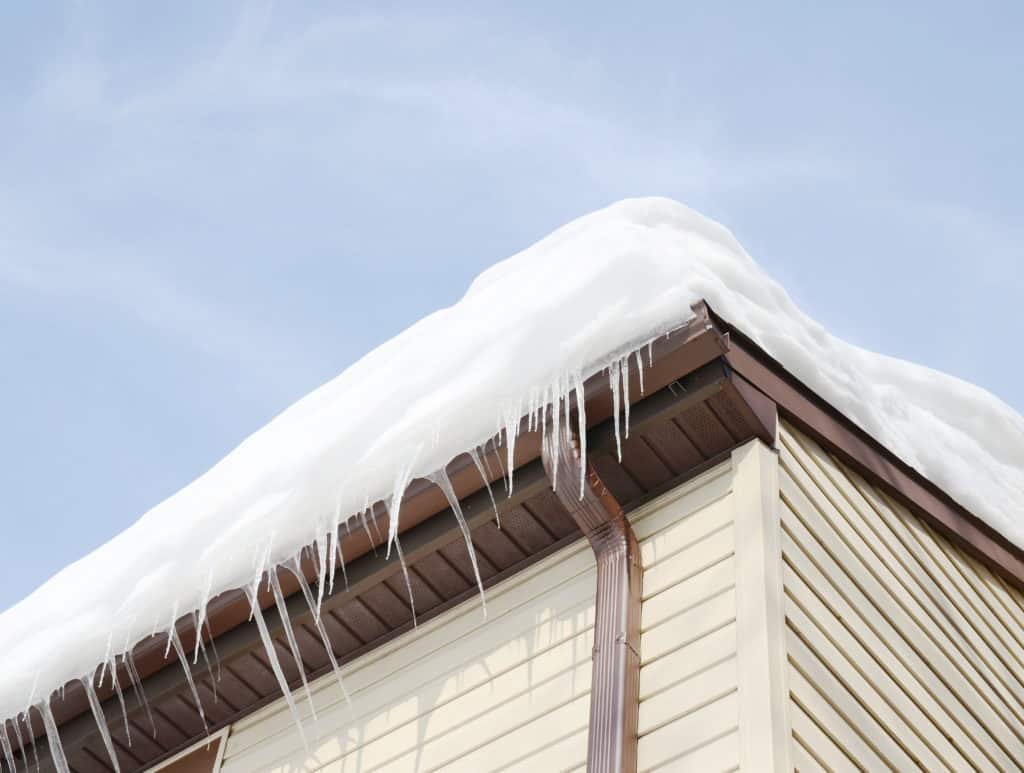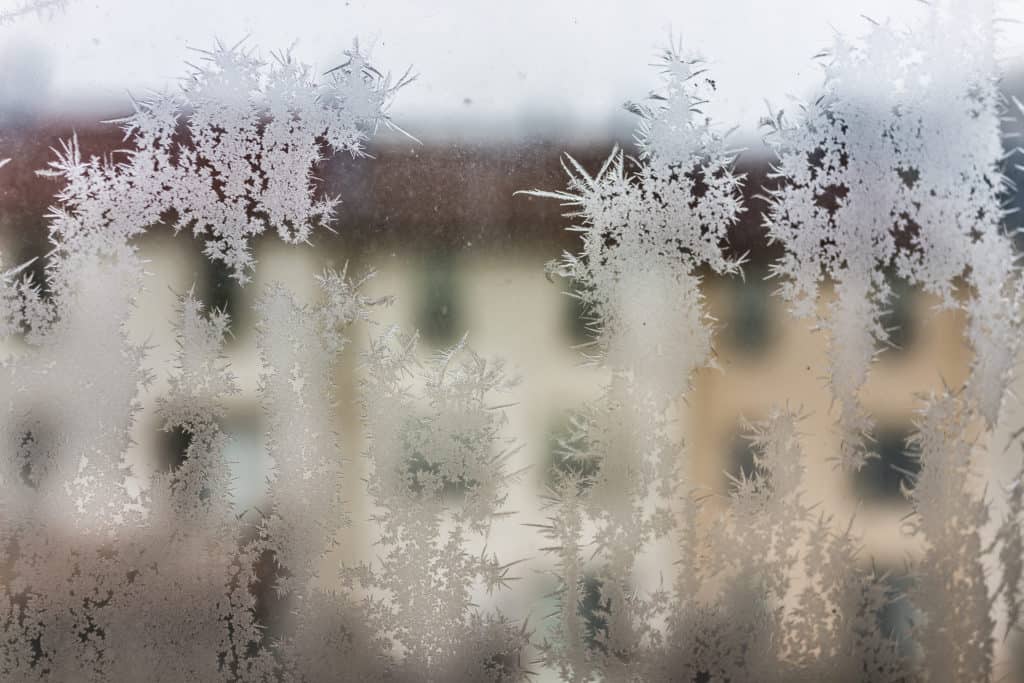Last evening in St. Louis, we experienced a range of wintry mix and ice pelting on our roofs, decks and driveways. At Mosby, we like to take preventative measures to lessen the effects of ice and snow on our homes.
Ice on Driveways, Porches and Walkways
One of those preventative measures is Ice Melts for driveways, porches and walkways. Most Ice Melts can be harmful to your pets and vegetation. Ice Melts can also be highly corrosive on the concrete, so we recommend using an Alternative Ice Melt. Using Calcium Magnesium Acetate (CMA), this is safe to both your fur kids and your plants. For a more in-depth read on ice melts click here.
Ice Dams on the Roof
An Ice Dam is a hump of ice that forms at the edge of a roof which can damage both your roof and the inside of your home. If Ice Dams have formed, here’s the best way to remove them, according to Energy Star:
• Don’t get on your roof to solve this problem, it could be dangerous.
• Avoid standing on the ground and “chipping away” at the ice. Not only could this cause damage to your roof, but you can be seriously injured by falling ice, debris, or tools.
• Contacting a roofing contractor to fix your roof leak will not prevent future ice dams.
• Seal air leaks (Home Sealing) and sealing duct air leaks in your attic to stop warm air leakage (the source of the problem).
• After sealing leaks, add additional insulation in your attic.
• Provide adequate attic ventilation so that the underside of the roof and outside air are at the same temperature. Check to make sure attic insulation is not blocking roof ventilation.
• Clean leaves and other debris from gutters before the first snow. This will help prevent ice build-up in gutters.
• Hire a contractor who is an energy specialist or specializes in air sealing to do an in-home evaluation. A good specialist will use diagnostic equipment to evaluate the performance of your home and generate a customized list of improvements. (Cited here)
How to Stop Window Ice Buildup
Water vapor/condensation is a main culprit of window ice. Frosting on windows can happened to most efficient windows, especially when temperatures are extremely low, and in St. Louis, this winter we have had extremely low temperatures. Excess moisture can eventually cause problems with the maintenance of your home or your health.
You will want to find a solution if you see the following:
• Condensation stays on the window throughout a day, even after the outside temperature warms up
• Condensation is between the panes of glass, which may indicate a seal failure in your window
• Condensation is forming on the walls
• The air smells musty, in general, or regular household odors linger too long
• Mold, mildew or rot is visible on walls, ceilings and windows
Two Solutions to Stop Condensation/Water Vapor
1. Reduce Interior Moisture
• Maintain proper humidity levels in your home; if it’s too high run a dehumidifier
• Limit the number of aquariums, plants or anything that requires water
• Keep gas appliances and plumbing in proper working order
• Avoid air-drying clothes indoors
2. Increase Ventilation
• Crack open a window while showering, bathing, cooking or laundering to let excess moisture escape
• Run bathroom and kitchen exhaust fans for longer than you currently do
• Increase or add ceiling fans and a ventilation system that vents to the outside
• Properly ventilate crawl spaces and make sure attic louvers stay open all year
• Regularly open blinds and drapes because window coverings restrict air flow over the glass
If you still have concerns about ice melts, ice dams and condensation in your Metro St. Louis home, have the water management experts at Mosby Building Arts analyze your home and solve the problems once and for all. Call the Mosby office at 314.909.1800 or contact them here.






